Tired of Killing Your Miniature Roses? Here’s How to Actually Keep Them Alive
I’ve spent more time with roses than I can count, from the giant climbers that could swallow a house to the most delicate, perfumed heirlooms. But you know what? My heart belongs to the miniature ones. So many people get their first mini rose as a well-meaning gift from a grocery store. It looks incredible for about a week, and then… it starts the sad, slow decline. They toss it, assuming they just have a black thumb for roses. I’ve seen it a hundred times.
In this article
- First Things First: Your Beginner’s Shopping List
- Emergency First-Aid for a Sad Grocery Store Rose
- So, What Exactly IS a Miniature Rose?
- Choosing Your Plant and Pot: Your First Big Decisions
- The Perfect Home: Getting the Soil Right
- The Rhythm of Care: Sun, Water, and Food
- Pruning: Your Secret Weapon for More Flowers
- When Things Go Wrong: Quick Fixes
- Keeping Your Rose for the Long Haul
- Inspirational Gallery
But here’s the secret: they aren’t fussy houseplants. They are incredibly tough outdoor roses that have just been bred to stay small. They just need a fair shot, and growing them in a container is the perfect way to give them one. Pots give you total control over their world, from soil to water. So, let’s skip the quick, useless tips and get into what these plants really need to thrive, season after season. This is the stuff I’ve learned from years of getting my hands dirty.
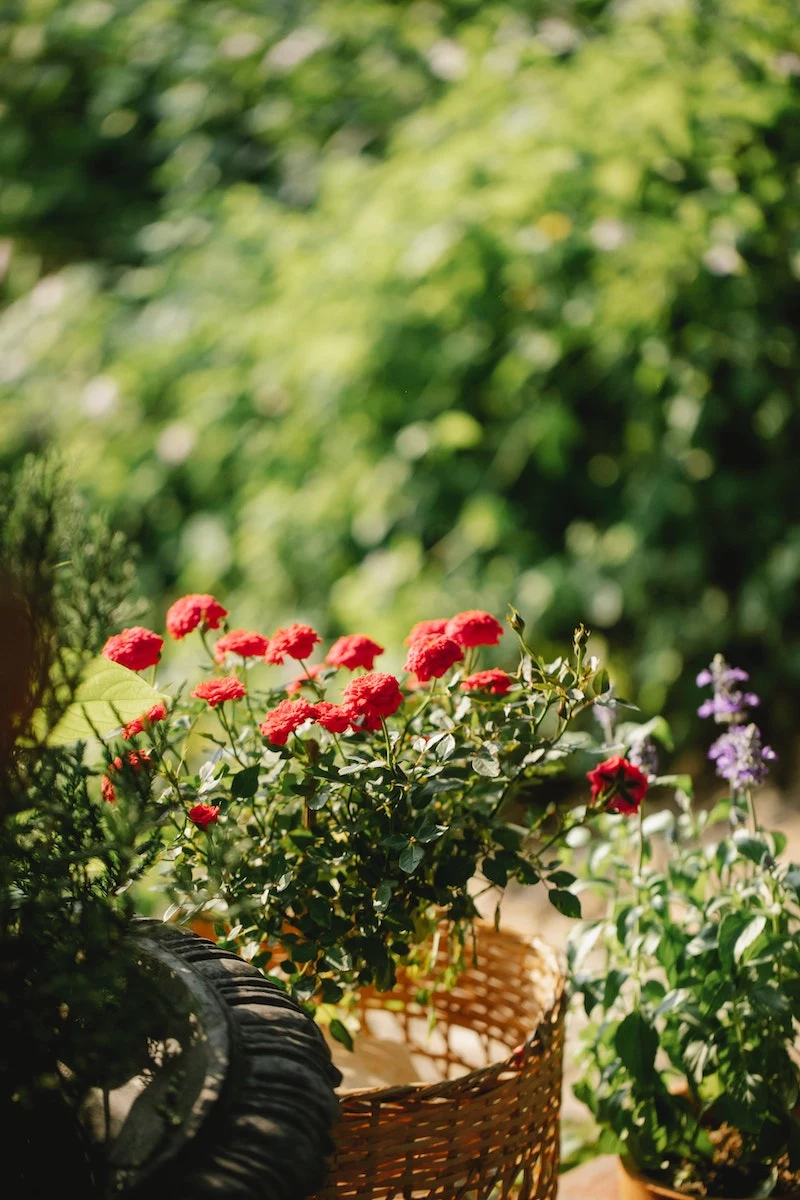
First Things First: Your Beginner’s Shopping List
Before we dive in, let’s talk about what you’ll actually need. It’s not as expensive or complicated as you might think. Seeing it all laid out makes the whole thing feel much more doable.
- A Miniature Rose Plant: You can find these at nurseries, garden centers, or even online. Expect to pay between $15 and $25 for a healthy one.
- A Good Pot (10-inch): This is a great starting size. Depending on the material, it could be anywhere from $10 for a basic plastic pot to $30 for a nice glazed ceramic one.
- Quality Potting Mix: Don’t just buy the cheapest bag. A good quality mix will run you about $15 and is worth every penny.
- Rose Fertilizer: A box of granular or a bottle of liquid feed will cost about $10-$15 and last you a long time.
- Gardening Gloves: Seriously, don’t skip these. Rose thorns are no joke. A decent pair is about $10.
Total startup cost? Around $60-$90 for a hobby that will give you beautiful blooms for years. Not bad at all.
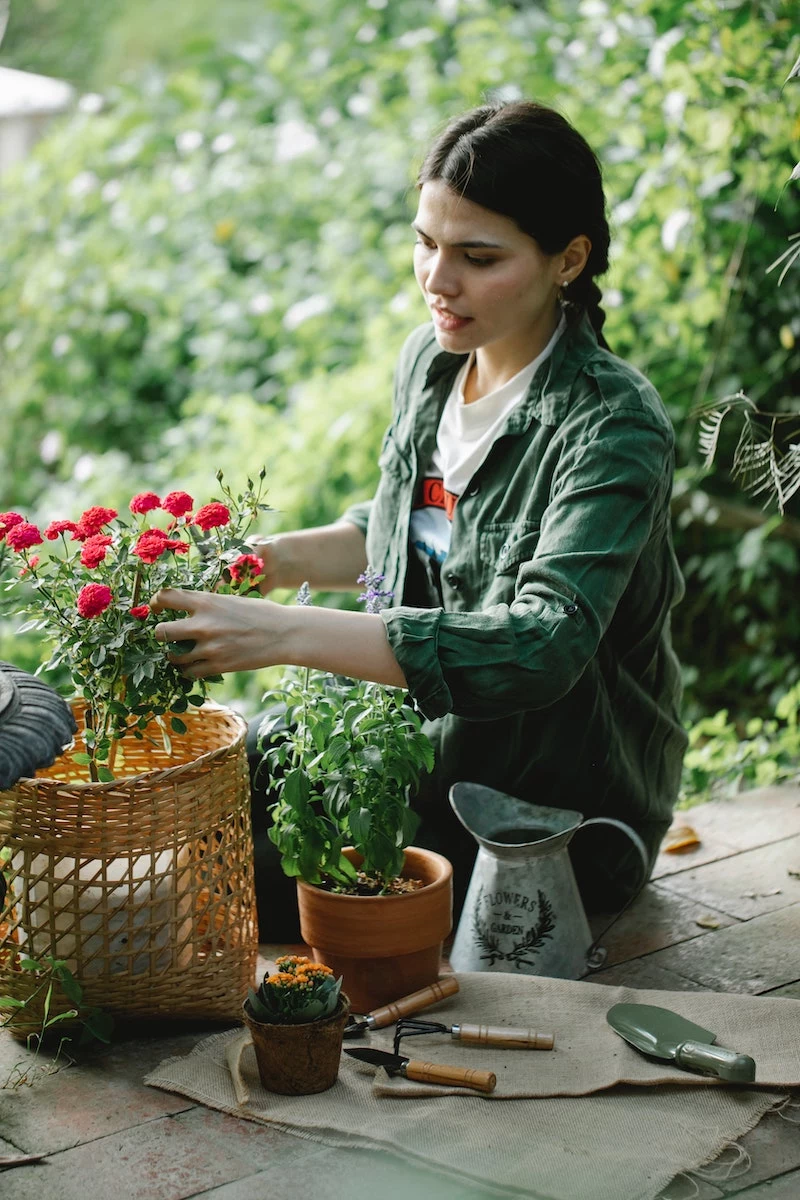
Emergency First-Aid for a Sad Grocery Store Rose
Okay, did you just get one of those plants I was talking about? Is it sitting on your counter looking a little worse for wear? Let’s fix it right now with a three-step rescue mission.
First, get it out of that decorative foil or plastic sleeve immediately. Those things are death traps that hold water and suffocate the roots. Second, feel the soil. Is it bone dry? Stick the whole pot in a sink or bucket with a few inches of water for about 30 minutes. Let it soak up moisture from the bottom until the top of the soil is damp. If it’s already soaking wet, let it drain completely. Finally, move it to the sunniest spot you have. A window facing south is a good temporary home before you get it properly potted for the outdoors.
So, What Exactly IS a Miniature Rose?
Before you pick a pot, it helps to know what you’re dealing with. These aren’t just baby rose bushes waiting to get huge. They’re unique varieties, often with roots tracing back to a tough little rose from Asia, that have been carefully bred to stay compact and bloom their heads off. Most importantly, they grow on their own roots, unlike bigger roses that are often grafted onto a different base.

This is a huge plus. If a brutal winter kills the plant back to the soil line, an own-root rose will grow back as the same beautiful variety you bought. A grafted rose? You’d just get whatever the random root-plant was. This own-root nature makes them surprisingly resilient, but their small root system is also their biggest weakness in a pot, which can freeze solid way faster than the ground. That’s the puzzle we’re here to solve.
Choosing Your Plant and Pot: Your First Big Decisions
Success starts at the nursery. You’re buying a long-term friend, not a temporary bouquet. Look past the flowers for a moment and inspect the actual plant.
What to Look For in a Plant:
- Healthy Leaves: Look for deep green foliage. Yellowing leaves, black spots, or a weird dusty white film are red flags. And by the way, go ahead and turn some leaves over. See any super-fine, silky webs? That’s spider mites, their number one nemesis. Hard pass.
- Good Structure: You want a plant with several strong stems coming from the base, not just one or two sad, spindly ones. This means it has the energy to grow into a nice, full bush.
- No Bugs: Check for little green or black aphids clustered on the new buds. You can treat them, but why bring the problem home? For a beginner-friendly start, look for names like ‘The Fairy’ or anything from the ‘Sunblaze’ series—they’re known for being tough and disease-resistant.
Picking the Perfect Pot:
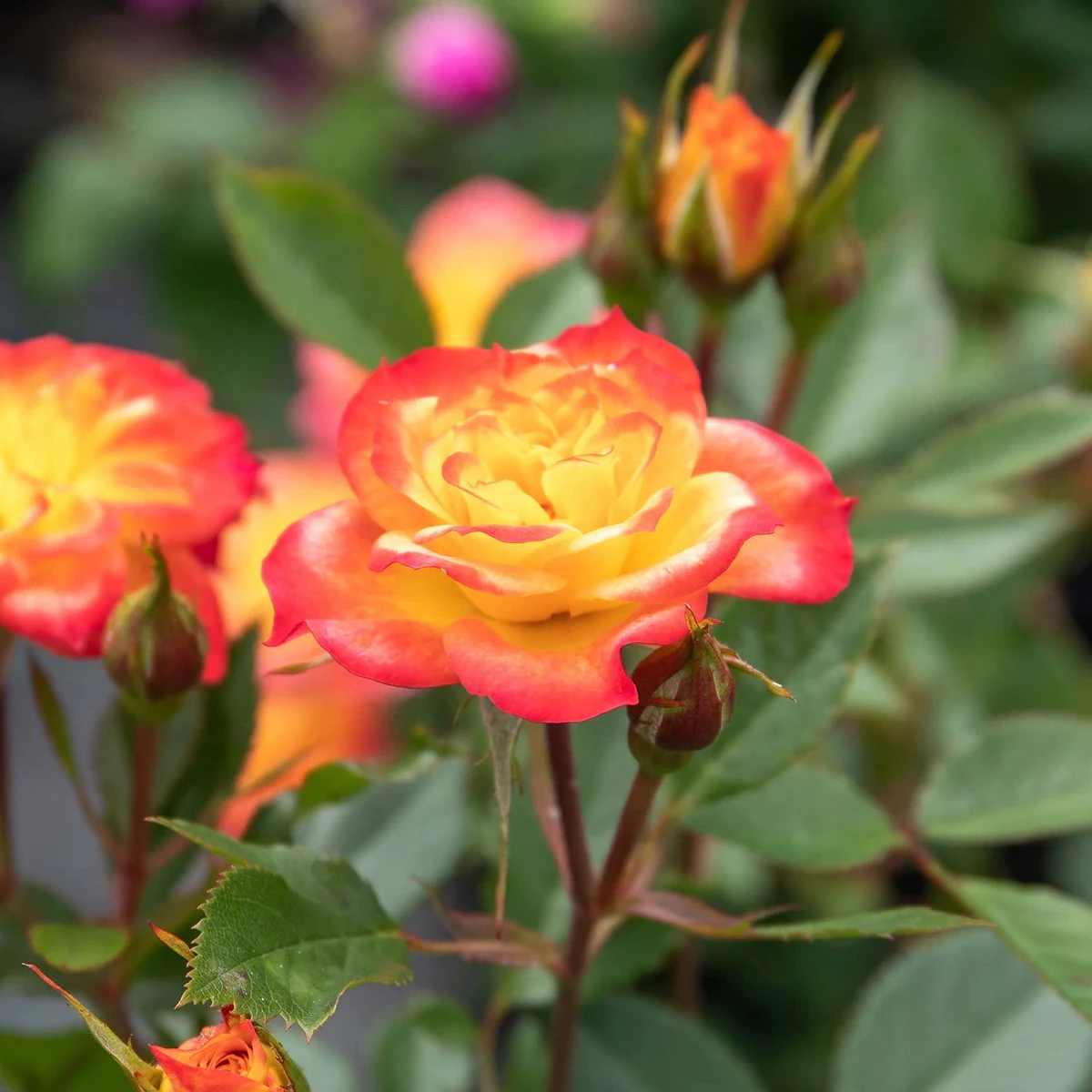
The pot is your rose’s universe, so this choice matters. I’ve tried them all. Terracotta pots are classics; they’re porous, so they let roots breathe and prevent soggy soil. The downside is they dry out fast in the summer heat, so you might be watering daily. They can also crack in a hard freeze if you’re not careful. Glazed ceramic pots hold moisture much better and look fantastic. Just do me a favor and check the drainage hole before you buy—sometimes the glaze can clog it up. A quick poke with a screwdriver can clear it.
And then there’s plastic or resin. These are my go-to for practical reasons. They’re lightweight, cheap, and amazing at retaining moisture. The one catch? A dark-colored plastic pot can get sizzling hot in the afternoon sun and literally cook the roots. If you go with plastic, stick to lighter colors like tan or gray.
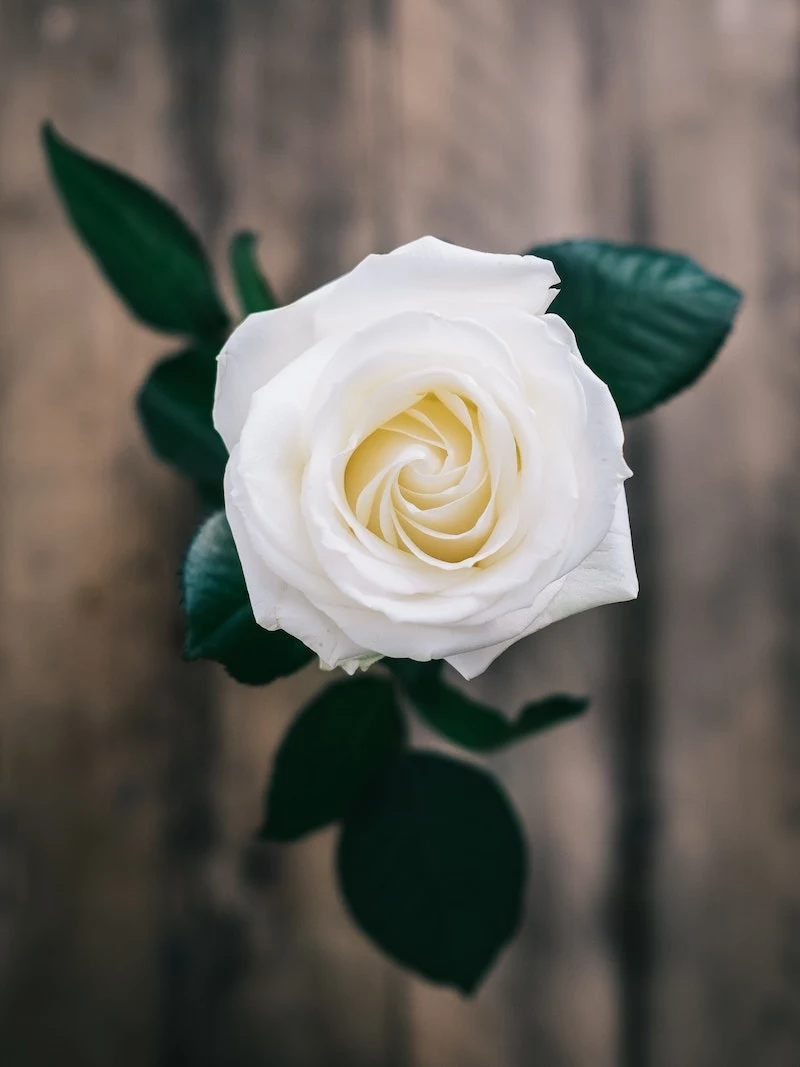
Whatever you choose, start with a pot that’s about 8 to 10 inches across. And it absolutely MUST have a drainage hole. If it doesn’t, it’s a flowerpot cover, not a planter. Oh, and please ignore the old advice to put gravel in the bottom. It’s a myth! It actually keeps the soil wetter and can lead to root rot. Just use good soil all the way down.
The Perfect Home: Getting the Soil Right
Never, ever scoop soil from your garden into a pot. It’s too heavy, it compacts into a brick, and it’s full of weed seeds and other nasty surprises. You need a proper potting mix.
For the absolute best results, I mix my own blend. It sounds intimidating, but it’s easy. In a wheelbarrow or a big tub, I mix: 2 parts high-quality potting soil, 1 part compost or composted manure, and 1 part perlite (those little white crunchy things). This blend gives you the perfect balance of moisture retention, nutrients, and air pockets for the roots.
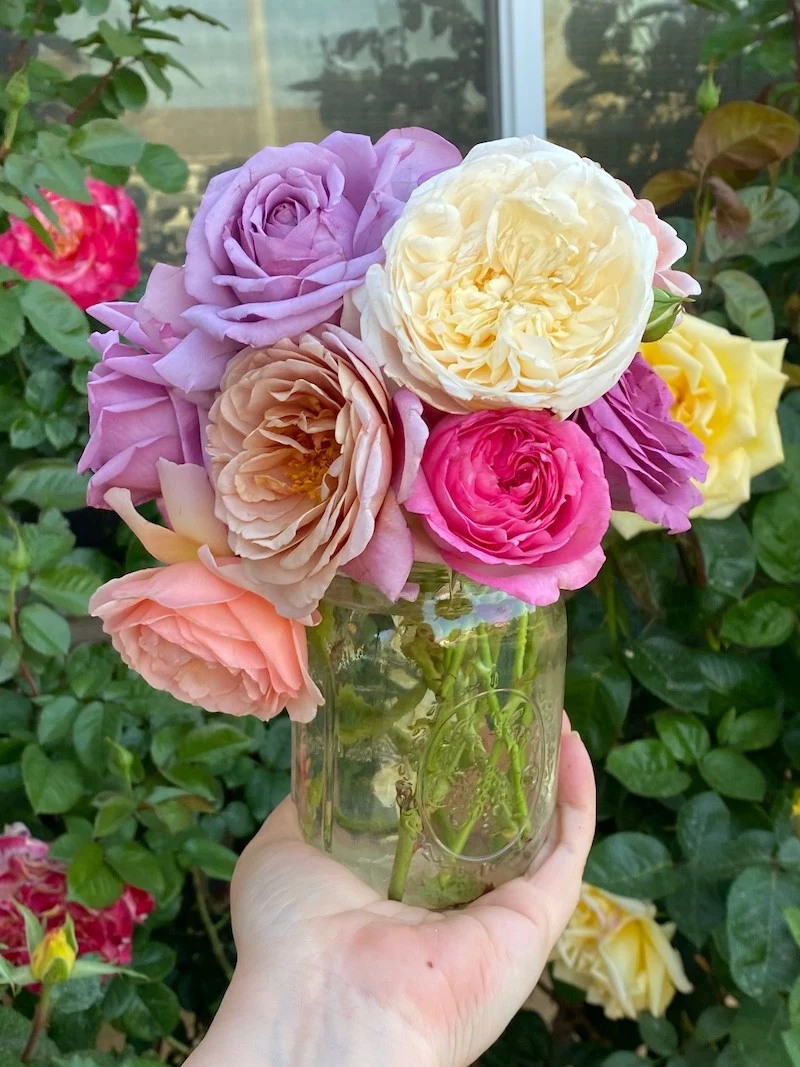
But honestly, if you’re not into playing mad scientist with bags of dirt, I get it. The “lazy but good” alternative is to buy one great bag of soil. Head to a place like Lowe’s or a local garden center and look for a potting mix labeled for containers or outdoor planters. Check the ingredients list for things like “composted forest products” and “perlite” or “pumice.” That’s the good stuff.
The Rhythm of Care: Sun, Water, and Food
Once your rose is potted up, keeping it happy is all about consistency.
How to Water: The #1 mistake is watering on a schedule. Your rose’s needs change every day. The best way to know is the finger test. Stick your finger two inches into the soil. If it’s dry, it’s time to water. If it’s damp, check again tomorrow. When you do water, do it deeply. Pour water slowly until it runs out the bottom drainage hole. This soaks the entire root ball and flushes out any built-up salts. And always aim for the soil, not the leaves—wet foliage is an open invitation for fungal diseases.
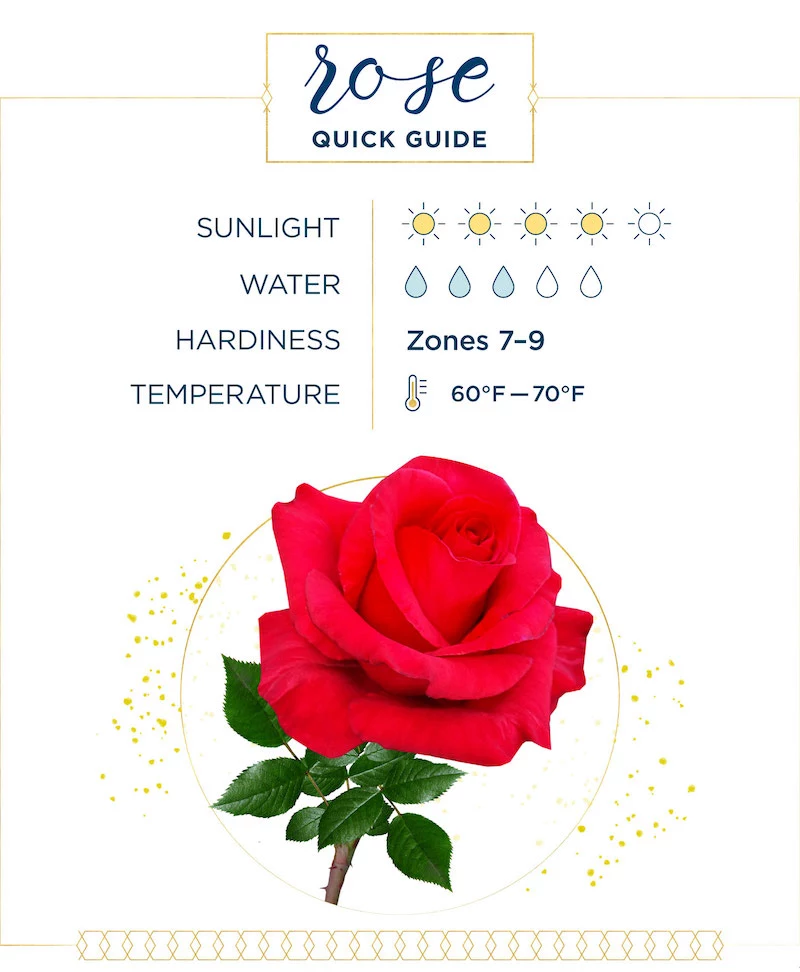
Sunlight is Fuel: Roses are solar-powered bloom factories. They need at least six hours of direct sun a day to perform well. Morning sun is the best, as it’s less harsh and helps dry the leaves off. Quick tip: If you live somewhere with blistering hot summers (think Arizona or Texas), your rose will appreciate a spot that gets sun until about 1 p.m. and then some bright, dappled shade during the hottest part of the afternoon.
Time to Eat: Potted plants are hungry plants because every time you water, you’re washing nutrients out of the soil. In early spring, I mix a granular, slow-release rose fertilizer into the top inch of soil. Then, once it starts blooming, I give it a boost with a liquid fertilizer every 2-4 weeks. Here’s where you have a choice. Organic feeds like fish emulsion build healthier soil over time (but can be a bit smelly), while chemical fertilizers like Miracle-Gro give a faster, more direct burst of nutrients. Your call! Whichever you use, dilute it to half-strength for container plants to avoid burning the roots. Stop feeding about six weeks before your first frost to let the plant prepare for winter.
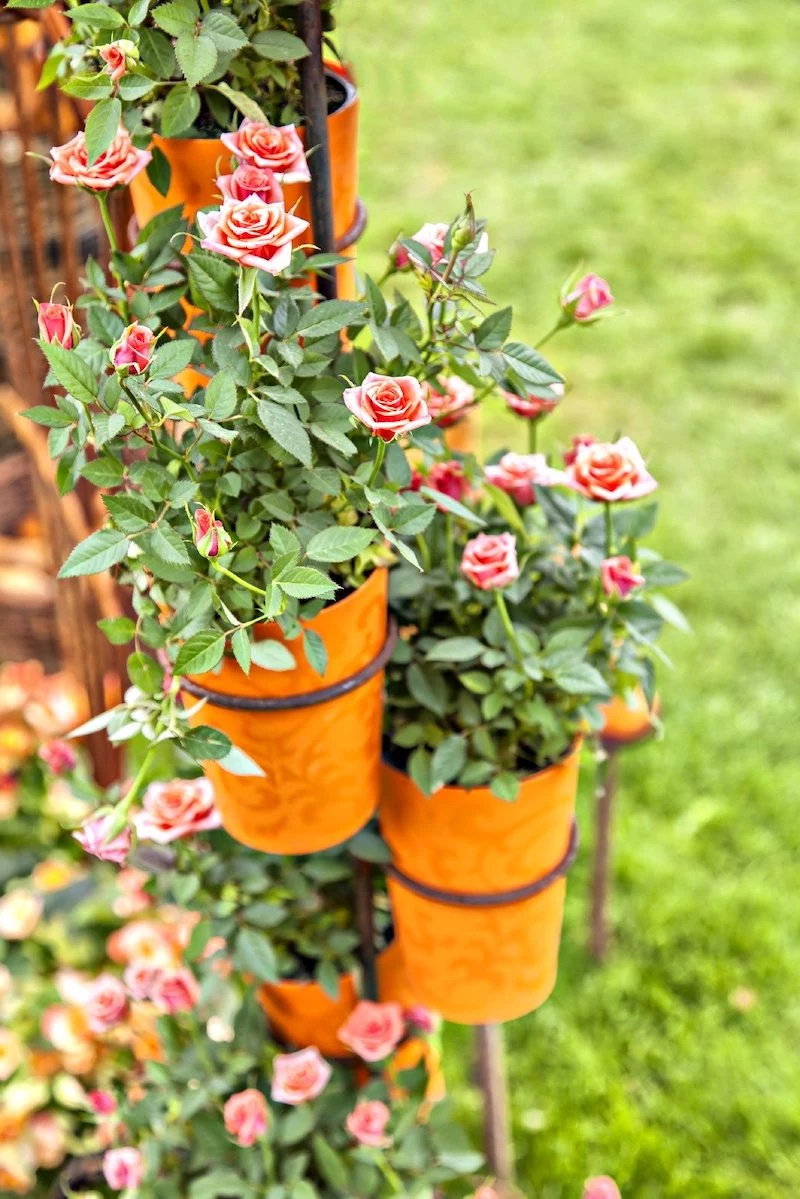
Pruning: Your Secret Weapon for More Flowers
Pruning scares people, but it’s simple. For minis, there are two types of cuts you’ll make.
Deadheading: When a flower fades, the plant starts putting energy into making seeds. We want it to make more flowers instead. So, don’t just snap off the dead bloom. Follow its stem down to the first leaf that has five little leaflets. Just above that leaf, make a clean snip with sharp pruners. A new blooming stem will grow from right there.
The Big Prune: Once a year, in late winter or early spring, you’ll do a more serious shaping. Heads up! Your main goal is simple: remove the Three D’s. Anything that is Dead, Damaged, or Diseased. Get that stuff out first. Then, thin out any branches that are crossing or growing into the center of the plant. You want an open, vase-like shape to let air flow through. Finally, trim the remaining healthy canes back by about a third. This encourages lots of fresh, new growth.
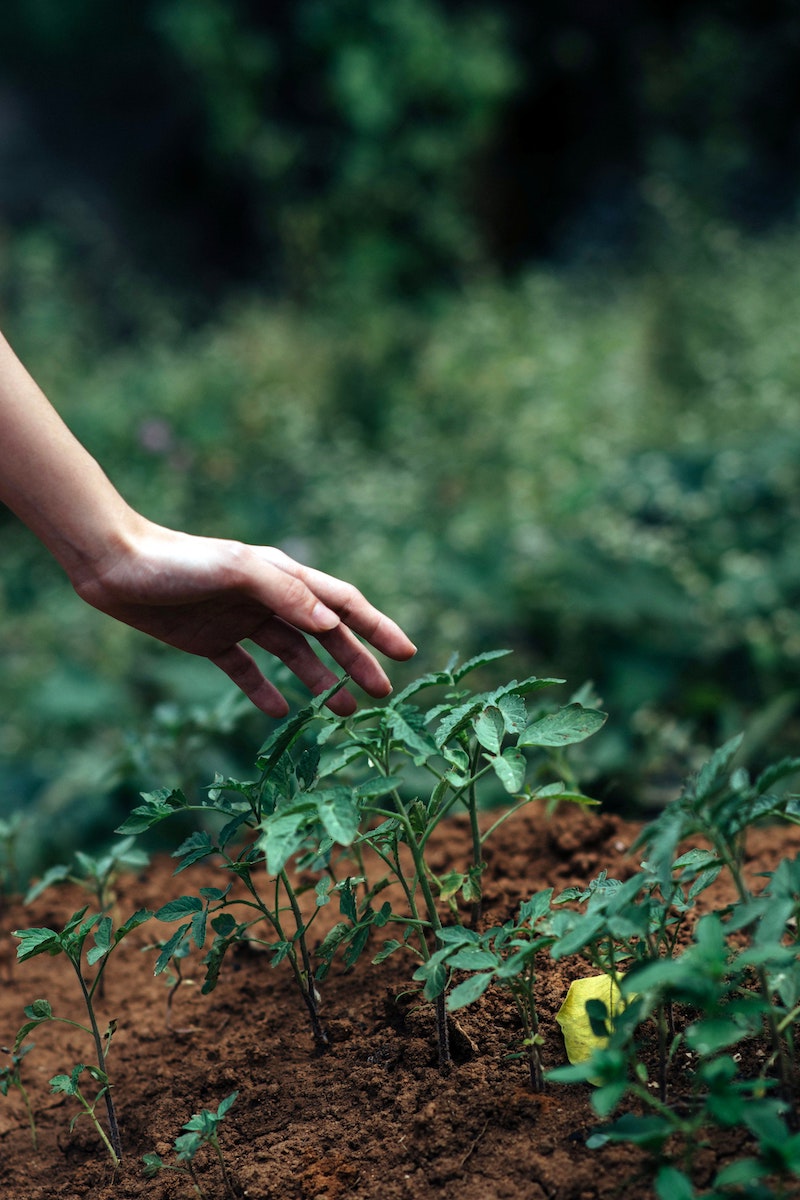
When Things Go Wrong: Quick Fixes
Even with great care, you might see some issues. Here’s the rundown.
- Spider Mites: Remember when I told you to check under the leaves? This is why. These tiny pests suck the life out of foliage, leaving tiny yellow dots. They love hot, dry weather. The first defense is a strong jet of water from a spray bottle to the undersides of the leaves. If that doesn’t work, insecticidal soap is your friend.
- Aphids: Those little green or black bugs on new growth? A strong spray of water usually knocks them right off. Insecticidal soap works for stubborn ones.
- Black Spot & Powdery Mildew: These are fungal diseases caused by wet leaves and poor air circulation. Prevention is key: water the soil, not the plant, and prune for good airflow. If you see infected leaves, remove them immediately and throw them in the trash, not the compost.
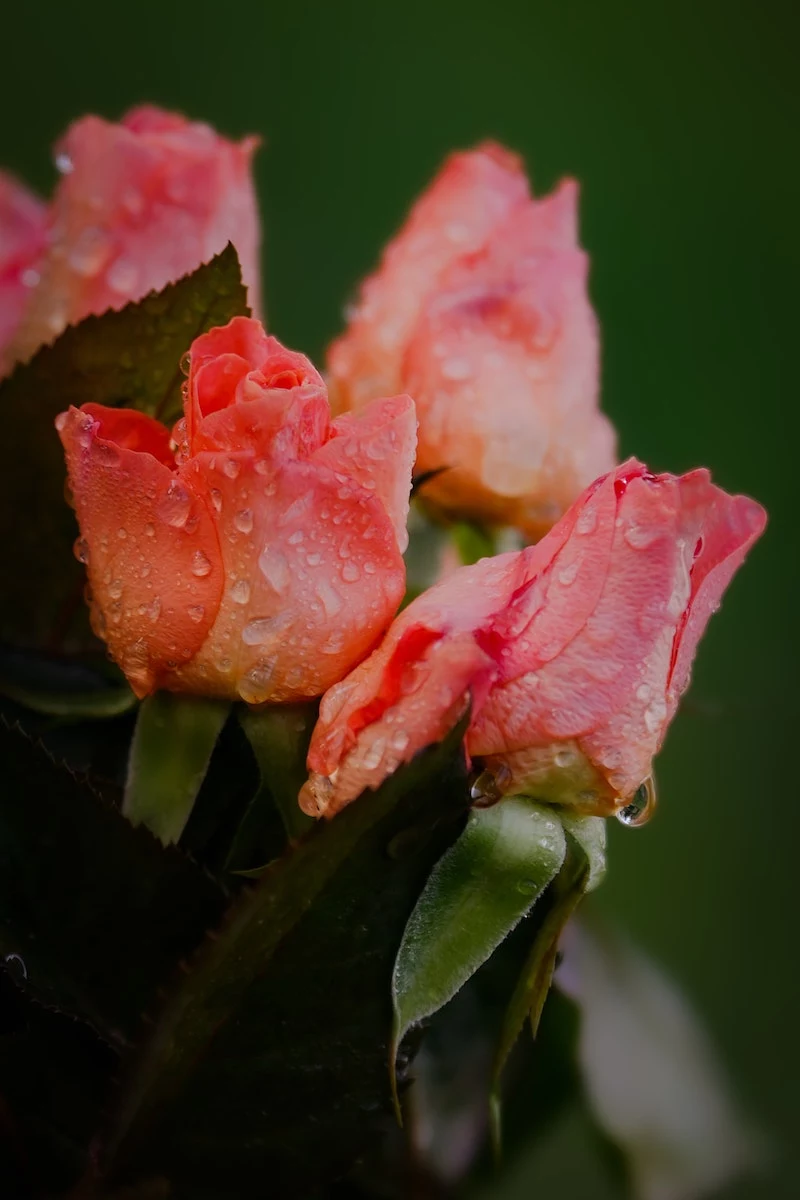
Keeping Your Rose for the Long Haul
To have your rose for years, you’ll need to master two things: winter care and repotting.
Winter Protection: In colder climates (generally Zone 7 or below), a pot offers no insulation. I learned this the hard way and lost several beautiful plants to a hard freeze. The best method is garage dormancy. After a few frosts, move the pot into an unheated garage or shed. Water it maybe once a month—just enough to keep the soil from turning to dust. Once the danger of hard frost has passed in spring, bring it back out. If you’re unsure of your zone, just do an online search for the “USDA Plant Hardiness Zone map” and pop in your zip code.
Repotting: Every two or three years, your rose will need a bigger home. You’ll know it’s time when the plant dries out super fast or you see roots coming out of the drainage hole. Choose a new pot that’s only 2-3 inches wider than the old one. Gently slide the plant out, tease the roots at the bottom apart, and settle it into the new pot with fresh potting mix. Water it well, and you’re good to go.
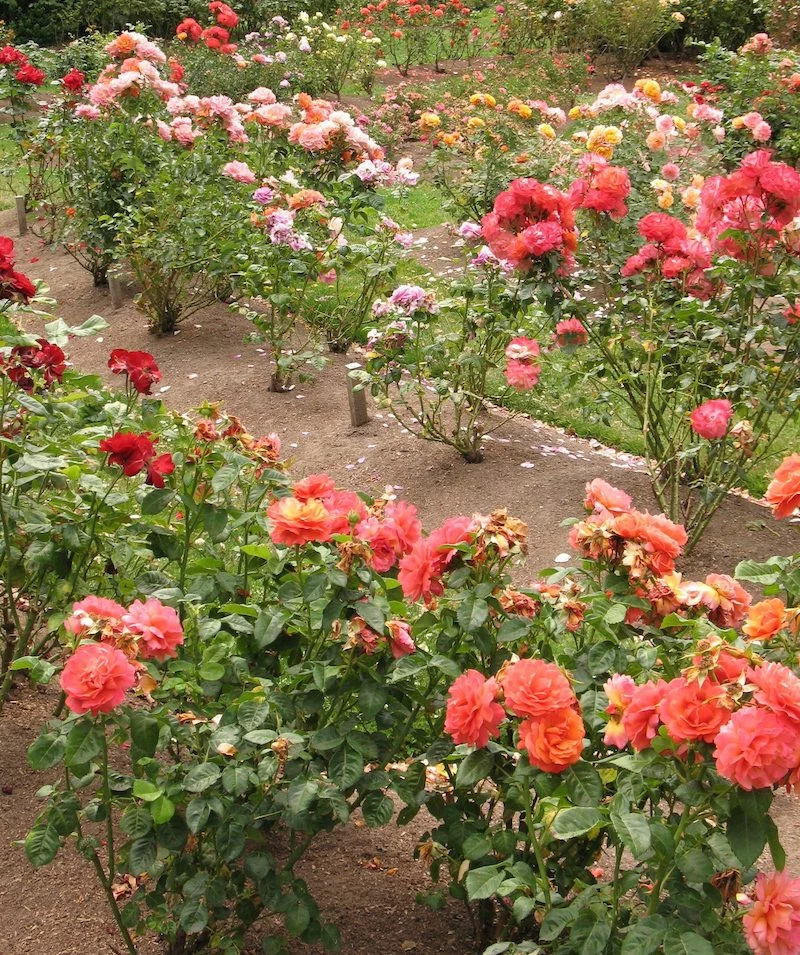
Miniature roses aren’t disposable decorations. They’re resilient, beautiful plants that will reward you with endless tiny flowers. It’s a deeply satisfying craft, and once you give them what they truly need, you’ll feel less like a plant-killer and more like a gardening pro.
Inspirational Gallery

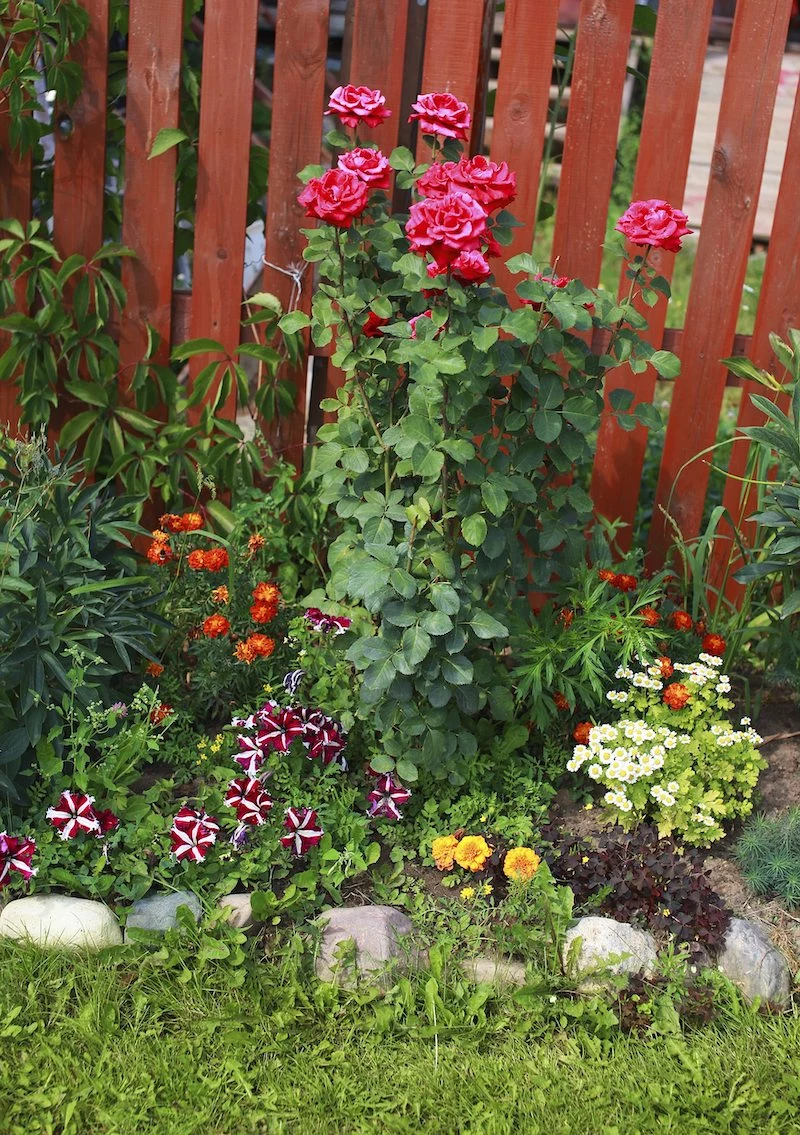
Looking for incredible fragrance in a tiny package?
While many modern miniature roses are bred for color and disease resistance, some pack a surprising olfactory punch. For a classic, rich rose scent, seek out the ‘Scentsational’ variety—its lavender-pink blooms are powerfully fragrant. If you prefer a lighter, spicier scent, the creamy yellow ‘Sweet Chariot’ is a wonderful trailing miniature that releases a lovely perfume. Don’t assume small size means no scent; you just have to choose the right variety!
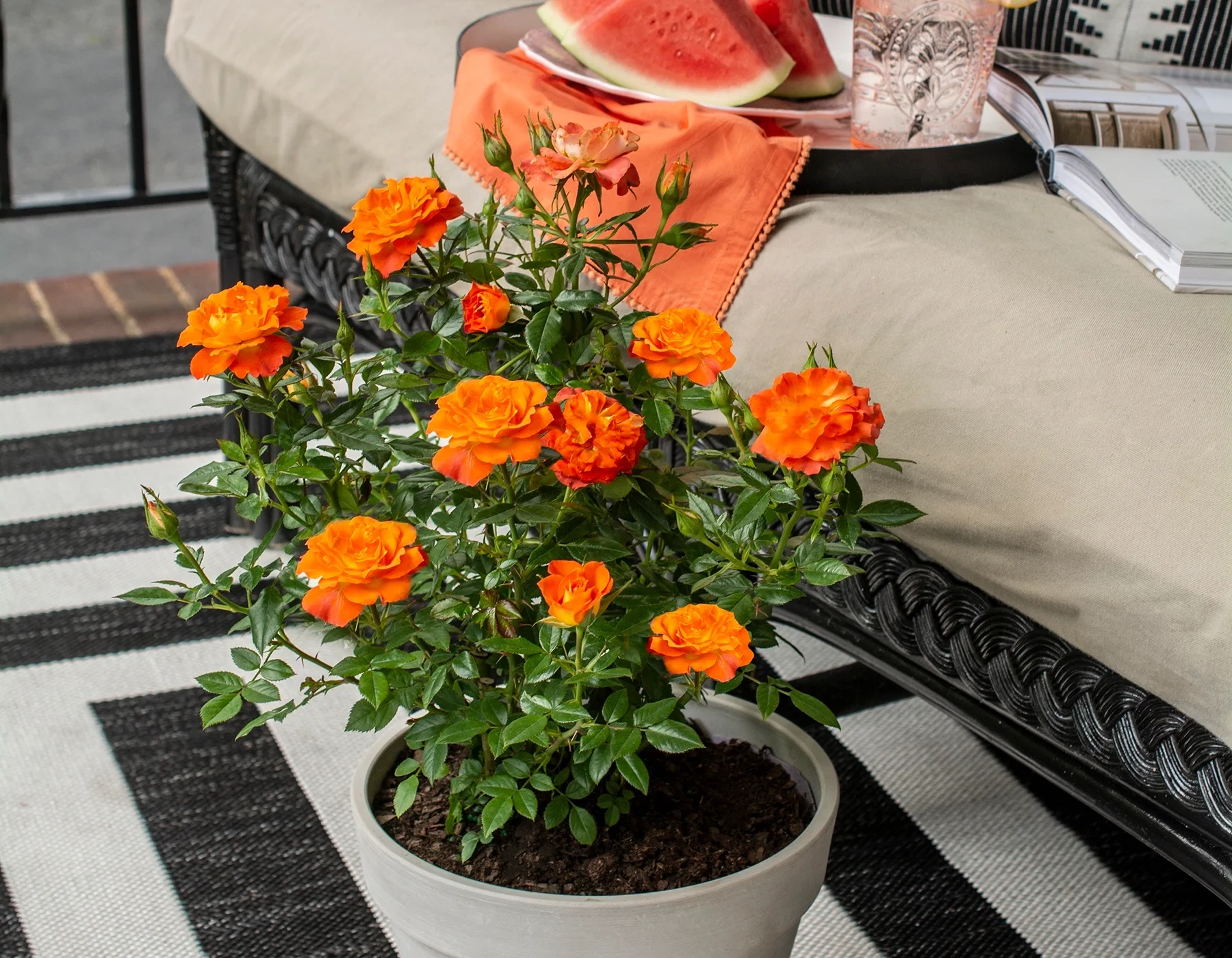
The number one killer of container roses isn’t a pest or disease—it’s overwatering.
Roots sitting in soggy soil can’t breathe, leading to root rot. Instead of watering on a rigid schedule, use the finger test. Push your index finger about an inch deep into the soil. If it feels dry, it’s time to water thoroughly until it drains from the bottom. If it’s still damp, wait another day. This simple check adapts to weather and your plant’s specific needs.
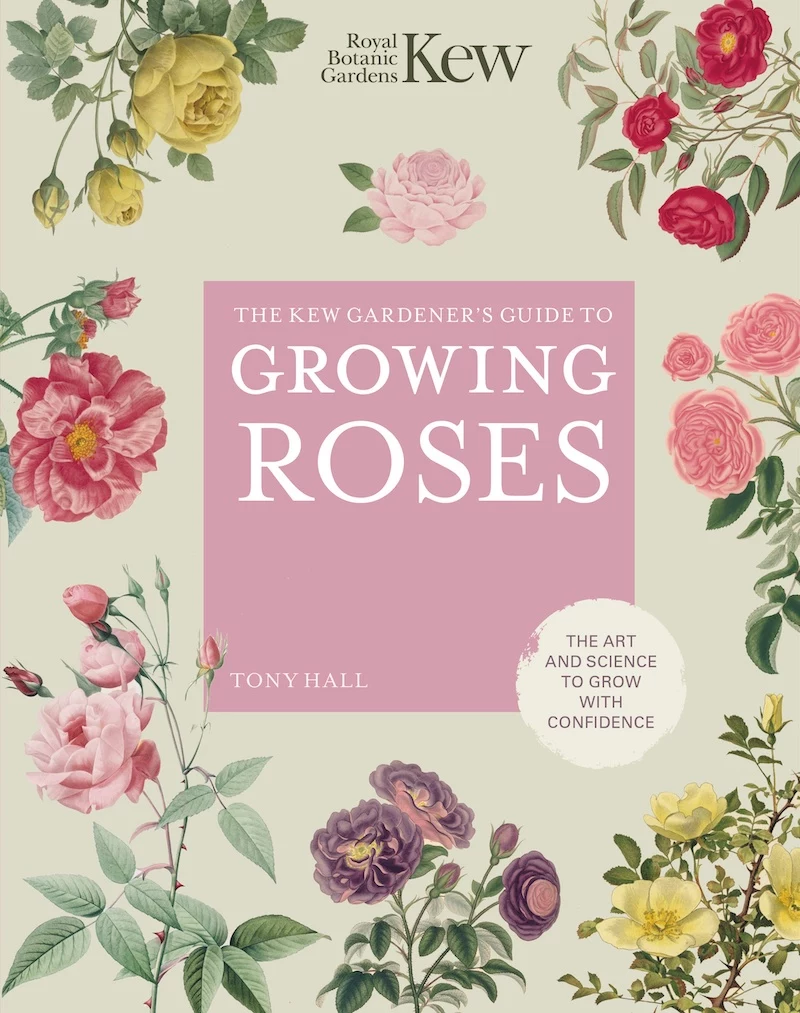
Aphids: These tiny, pear-shaped insects cluster on new growth and buds, sucking the life out of your plant. You’ll see them with the naked eye. An effective, gentle solution is a strong jet of water from a spray bottle to dislodge them, followed by an application of insecticidal soap if they persist.
Spider Mites: These are harder to spot. Look for fine webbing on the undersides of leaves and a stippled, faded look on the foliage. They thrive in hot, dry conditions. Boost humidity by misting your plant and treat with a ready-to-use neem oil spray, like Bonide’s, which disrupts their life cycle.
While a bag of high-quality potting mix is great, creating your own










